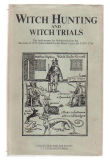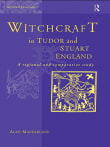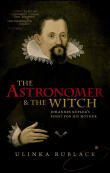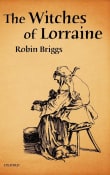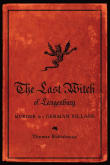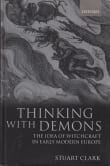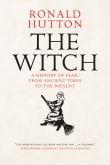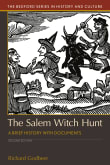Witch Craze
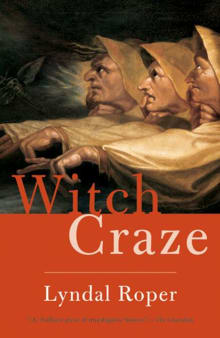
Book description
A powerful account of witches, crones, and the societies that make them
From the gruesome ogress in Hansel and Gretel to the hags at the sabbath in Faust, the witch has been a powerful figure of the Western imagination. In the sixteenth and seventeenth centuries thousands of women confessed to…
Why read it?
5 authors picked Witch Craze as one of their favorite books. Why do they recommend it?

No one does a better job of explaining the links between witchcraft accusations and fears over fertility than Roper.
Her ability to connect witches’ stereotypical activities—murder, cannibalism, sex with the Devil, and so on—with the demographic and subsistence crises of early modern Germany is remarkable.
She is an incredibly sensitive reader of primary sources.
From Lu's list on the trauma of European witch-hunting.

How did godly states deal with the threat from witches and the Devil?
At the heart of this book is the torture chamber. Judicial torture, at least in principle, was not mindless cruelty, nor was it a punishment; it was a means of eliciting the truth. Confessions were supposed to reveal information that only a guilty person would know.
With witches, this primarily meant details of their relationship with the Devil. A story about this had to be constructed that was credible both to the accused witch and to the interrogators. It had to contain individual detail about places and…
From Julian's list on the history of European witchcraft and witch-hunting.

A truly innovative and fascinating psychological perspective on the imaginative workings behind early modern witchcraft cases. It’s common knowledge that women were much more likely than men to be accused, but Roper shows us that it’s not always for the reasons we suspect. Written in sparkling prose by one of the world’s preeminent experts on the subject and illustrated by numerous arresting images.
From Joel's list on the European witch craze.
If you love Witch Craze...

Many historians have tried to show that beliefs in witchcraft had a logic to them and ought to be understood in the context of climate changes and harvest failures at the time, for instance. Roper´s book is so important because it returns to a close reading of the trial records and shows that there was something quite crazy going on in many of these fantasies about women boiling the bodies of babies they had killed or attacking one cow after another. She also argues that we need to explain why eighty percent of all accusations were made against women, and…
From Ulinka's list on Witchcraze.

This tour de force by another great historian, Lyndal Roper, adds another three crucial dimensions of the history of witchcraft: emotion, psychology and gender. And a theme that combines all three – a theme that runs through the book – is that of fantasy. Witchcraft was not just a crime or a theological construct or a paranoid fear: it was an outlandish confection of the imagination, but one that had real meaning for some confessed witches. Witchcraft was a dream of power for otherwise powerless people, especially poor, elderly, marginal women.
Like all the best historians of witchcraft, Roper explains…
From Malcolm's list on witch hunting in Britain and Europe.
Want books like Witch Craze?
Our community of 12,000+ authors has personally recommended 100 books like Witch Craze.

